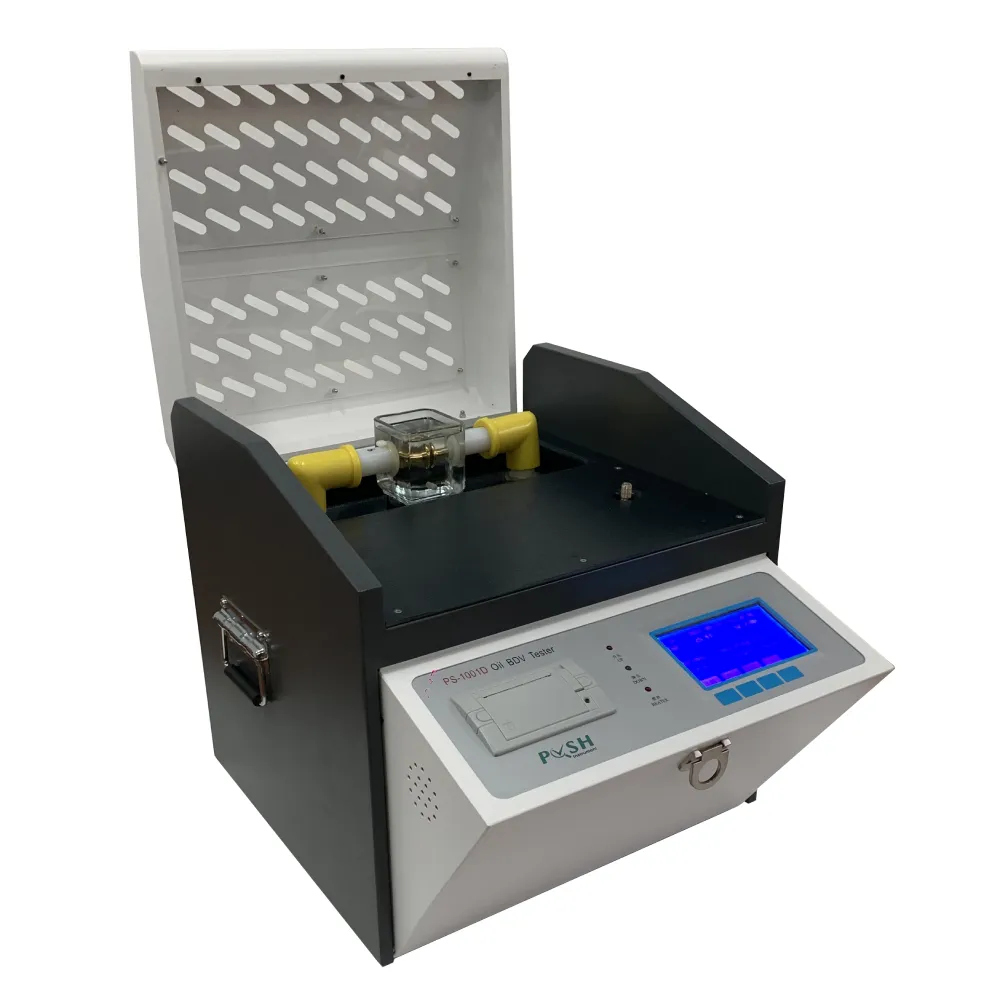 English
English



-
 Afrikaans
Afrikaans -
 Albanian
Albanian -
 Amharic
Amharic -
 Arabic
Arabic -
 Armenian
Armenian -
 Azerbaijani
Azerbaijani -
 Basque
Basque -
 Belarusian
Belarusian -
 Bengali
Bengali -
 Bosnian
Bosnian -
 Bulgarian
Bulgarian -
 Catalan
Catalan -
 Cebuano
Cebuano -
 China
China -
 China (Taiwan)
China (Taiwan) -
 Corsican
Corsican -
 Croatian
Croatian -
 Czech
Czech -
 Danish
Danish -
 Dutch
Dutch -
 English
English -
 Esperanto
Esperanto -
 Estonian
Estonian -
 Finnish
Finnish -
 French
French -
 Frisian
Frisian -
 Galician
Galician -
 Georgian
Georgian -
 German
German -
 Greek
Greek -
 Gujarati
Gujarati -
 Haitian Creole
Haitian Creole -
 hausa
hausa -
 hawaiian
hawaiian -
 Hebrew
Hebrew -
 Hindi
Hindi -
 Miao
Miao -
 Hungarian
Hungarian -
 Icelandic
Icelandic -
 igbo
igbo -
 Indonesian
Indonesian -
 irish
irish -
 Italian
Italian -
 Japanese
Japanese -
 Javanese
Javanese -
 Kannada
Kannada -
 kazakh
kazakh -
 Khmer
Khmer -
 Rwandese
Rwandese -
 Korean
Korean -
 Kurdish
Kurdish -
 Kyrgyz
Kyrgyz -
 Lao
Lao -
 Latin
Latin -
 Latvian
Latvian -
 Lithuanian
Lithuanian -
 Luxembourgish
Luxembourgish -
 Macedonian
Macedonian -
 Malgashi
Malgashi -
 Malay
Malay -
 Malayalam
Malayalam -
 Maltese
Maltese -
 Maori
Maori -
 Marathi
Marathi -
 Mongolian
Mongolian -
 Myanmar
Myanmar -
 Nepali
Nepali -
 Norwegian
Norwegian -
 Norwegian
Norwegian -
 Occitan
Occitan -
 Pashto
Pashto -
 Persian
Persian -
 Polish
Polish -
 Portuguese
Portuguese -
 Punjabi
Punjabi -
 Romanian
Romanian -
 Russian
Russian -
 Samoan
Samoan -
 Scottish Gaelic
Scottish Gaelic -
 Serbian
Serbian -
 Sesotho
Sesotho -
 Shona
Shona -
 Sindhi
Sindhi -
 Sinhala
Sinhala -
 Slovak
Slovak -
 Slovenian
Slovenian -
 Somali
Somali -
 Spanish
Spanish -
 Sundanese
Sundanese -
 Swahili
Swahili -
 Swedish
Swedish -
 Tagalog
Tagalog -
 Tajik
Tajik -
 Tamil
Tamil -
 Tatar
Tatar -
 Telugu
Telugu -
 Thai
Thai -
 Turkish
Turkish -
 Turkmen
Turkmen -
 Ukrainian
Ukrainian -
 Urdu
Urdu -
 Uighur
Uighur -
 Uzbek
Uzbek -
 Vietnamese
Vietnamese -
 Welsh
Welsh -
 Bantu
Bantu -
 Yiddish
Yiddish -
 Yoruba
Yoruba -
 Zulu
Zulu
headspace chromatography
Headspace Chromatography An Overview
Headspace chromatography is a powerful analytical technique widely used in the field of chemistry, particularly in the analysis of volatile compounds. This method is particularly valuable for the analysis of samples where the volatiles are present in trace amounts, making it an essential tool in various industries, including food and beverage, pharmaceuticals, and environmental testing.
At the core of headspace chromatography is its ability to isolate volatile compounds from solid or liquid matrices without the need for extensive sample preparation. The procedure involves placing a sample in a sealed vial and heating it to facilitate the release of volatile compounds into the gas phase above the sample. This gas phase is known as the headspace. A small portion of this headspace is then injected into a gas chromatography (GC) system for analysis.
One of the key advantages of headspace chromatography is its ability to analyze complex matrices while reducing the risk of contamination and matrix effects. Traditional solid or liquid phase extraction methods often require the use of solvents, which can introduce impurities or degrade the analytes. In contrast, headspace sampling minimizes contact with the sample itself, leading to cleaner results and enhanced detection limits.
The typical workflow of headspace chromatography begins with sample preparation, where a predetermined volume of the sample is placed into a vial and sealed. The vial is then heated to promote the volatilization of components. The optimal temperature and equilibration time must be carefully determined, as they directly affect the concentration of volatiles in the headspace. Once equilibrium is reached, a gas sample is extracted and introduced into the chromatograph.
headspace chromatography

The gas chromatography system then separates the volatile components based on their physical and chemical properties. The detector—often a flame ionization detector (FID) or a mass spectrometer (MS)—identifies the compounds and quantifies them based on their response. By comparing the retention times and peak areas with those of known standards, analysts can produce a comprehensive profile of the volatiles present in the sample.
Headspace chromatography finds applications in numerous fields. In the food and beverage industry, it is used to assess flavor profiles and detect spoilage by measuring the presence of specific volatile compounds that indicate quality and freshness. In pharmaceuticals, it is critical for ensuring the purity of products by identifying residual solvents or volatile impurities. Environmental scientists utilize headspace techniques to monitor air and water quality by detecting hazardous substances present in low concentrations.
Moreover, advancements in technology have further enhanced the capabilities of headspace chromatography. The introduction of automated headspace samplers has improved efficiency and reproducibility, allowing for high-throughput analysis. Furthermore, the coupling of headspace techniques with mass spectrometry has amplified the capability to analyze a wide range of volatile organic compounds with increased sensitivity and specificity.
In conclusion, headspace chromatography is an invaluable tool in analytical chemistry, providing a straightforward method for the analysis of volatile compounds across various industries. Its advantages over traditional sample preparation techniques, along with advancements in technology, continue to expand its applications, making it an essential component in the toolkit of chemists and quality control professionals alike. As research and technology develop, the role of headspace chromatography in ensuring product quality and safety will only become more prominent, solidifying its status as a cornerstone technique in analytical laboratories worldwide.
-
Exploring the Main Types of Industrial Endoscopes and Their Applications Across IndustriesNewsJul.04,2025
-
Testing Equipment Industry Sees Major Advancements in 2025: Smart & Precision Technologies Lead the WayNewsJun.06,2025
-
Applications of Direct Current Generators in Renewable Energy SystemsNewsJun.05,2025
-
Hipot Tester Calibration and Accuracy GuidelinesNewsJun.05,2025
-
Digital Circuit Breaker Analyzer Features and BenefitsNewsJun.05,2025
-
Benefits of Real-Time Power Quality Monitoring Devices for Industrial EfficiencyNewsJun.05,2025



